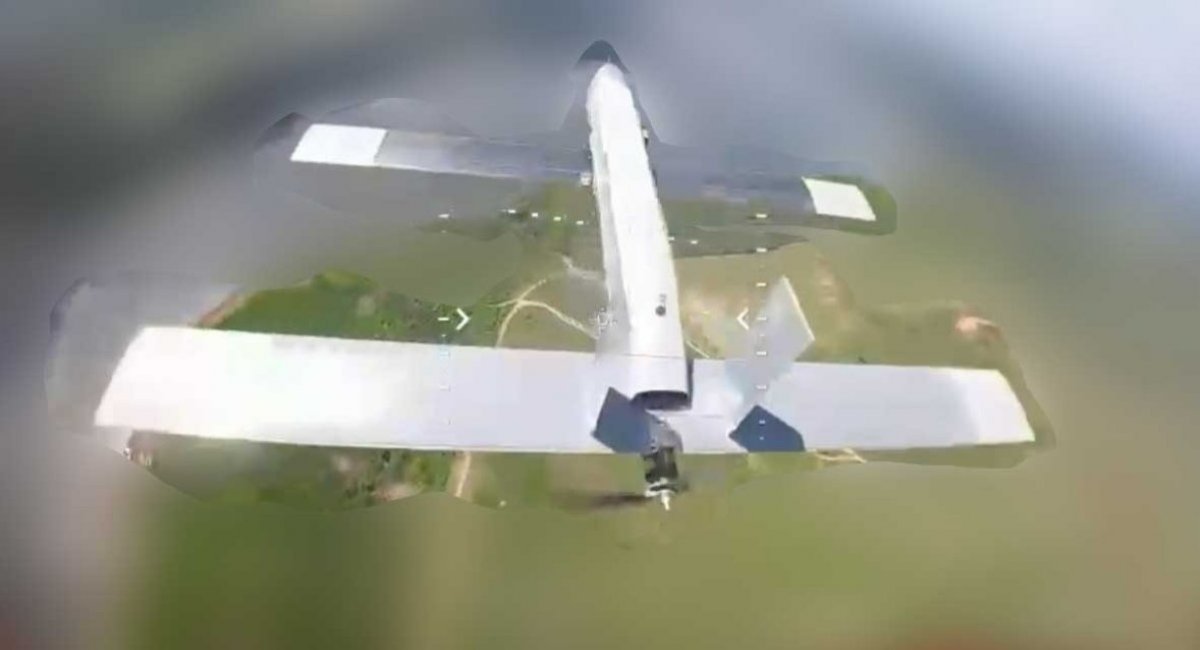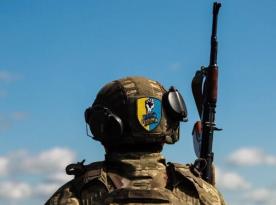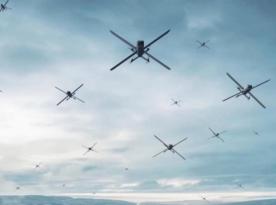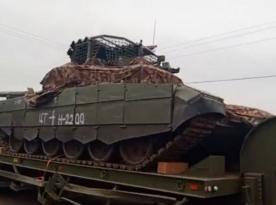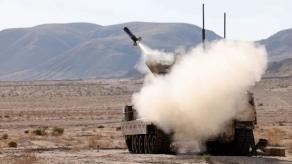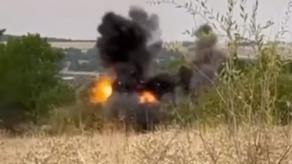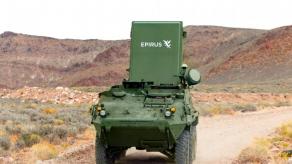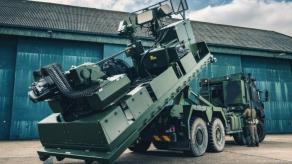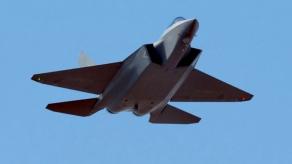Constantly searching for new ways to technically improve their kamikaze drones, russians have started to test in the field yet another one of their latest developments: strike UAVs using artificial intelligence in swarms. Details were shared by Serhii "Flash" Beskrestnov, an expert in electronic and radio warfare, in his recent blog post.
First recorded near Sumy in February 2025, a previously unknown russian drone remained a mystery until early May when some preliminary information was disclosed by Beskrestnov. This time, another important capability transpires as this aerial vehicle was observed on May 18 in a swarm of six drones with uniquely colored wings, presumably allowing them to recognize each other mid-flight.
Read more: russia’s Fully Autonomous Kamikaze Drone Now Has 100-km Range — A Bigger Threat Than Just Another UAV
The drone reportedly carries a 3 kg warhead, has a range of up to 80 km, and is assembled entirely from foreign-made components. It is controlled via LTE mobile networks and equipped with both inertial and satellite navigation systems.
The standout feature however, is its onboard payload: a high-resolution camera, a JETSON module for video recognition and processing, a laser rangefinder, and a high-speed hard drive exceeding 100 GB in capacity. Also, one version of the drone has been spotted with a gasoline engine, increasing its operational range to over 100 km. Defense Express published a more detailed look at its features and specifications in a separate article.
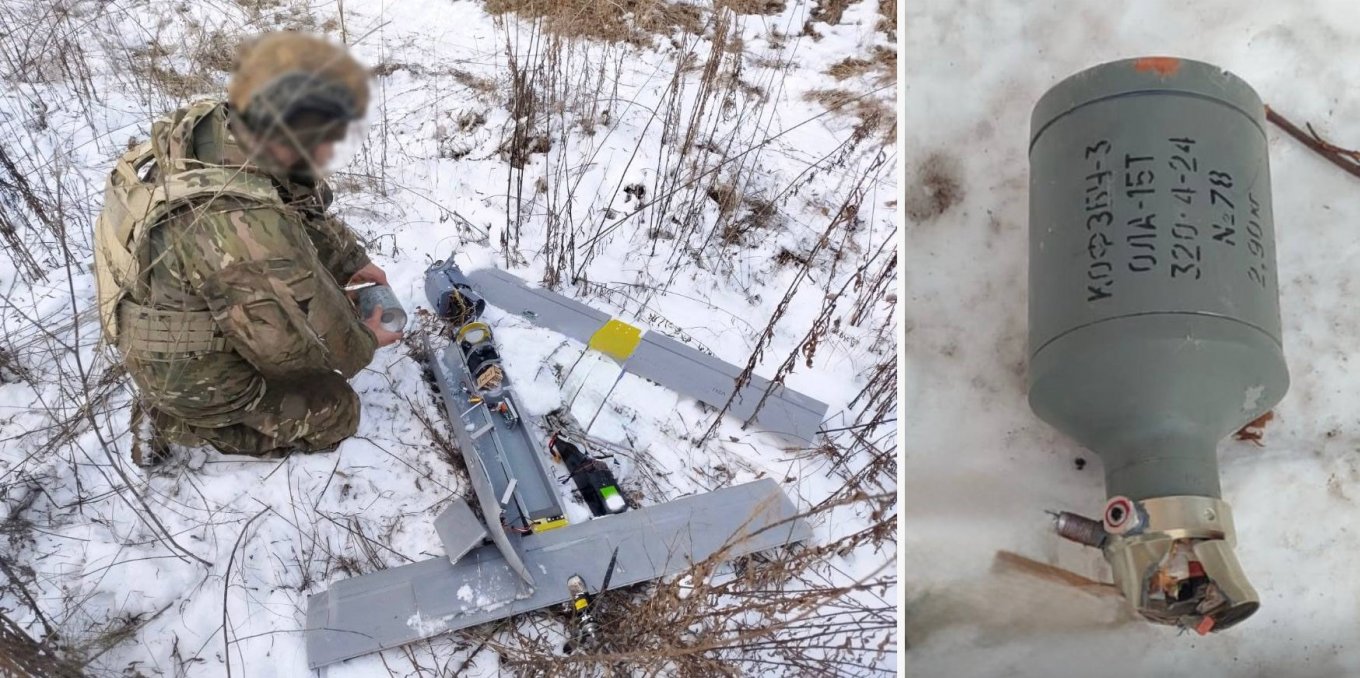
What's most important here is that, in effect, these are drones with high resistance to electronic warfare, and now they are being tested in swarm configurations: so far, flights in groups of two to six units have been seen. As of mid-May, 30 to 50 of these drone flights were recorded daily across multiple operational directions.
While the russians have yet to deploy these drones at scale in combat, they continue to refine the technology using these attacks primarily to train the artificial intelligence integrated into them.
Beskrestnov notes that in particularly high-risk areas, these drones can already counter FPV anti-aircraft drones by performing evasive maneuvers. Notably, they not only react to any approaching threats but also can do so even preemptively, e.g. flying erratically in a specific pre-assigned zone by sharply changing altitude and direction.
Among the most recent deployments was a strike by a swarm of seven drones on the village of Velykyi Burluk in Kharkiv region, northeastern Ukraine. The drones attacked a cluster of civilian vehicles near a Nova Poshta postal service center, as well as civilians in a nearby market. In one episode, a drone crashed directly into a public toilet, where it quite literally drowned.
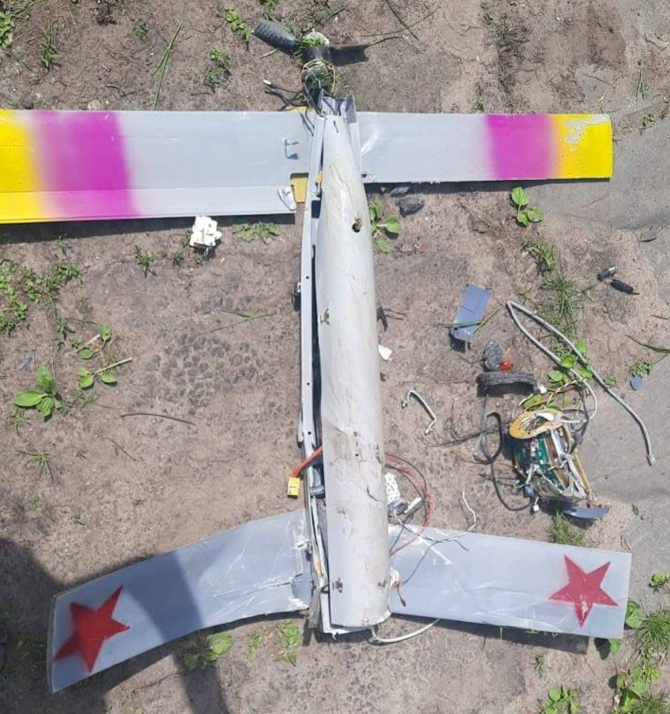
It remains unclear whether these civilian targets were attacked intentionally — perhaps as part of AI training — or whether the AI misidentified its targets because it's likely that the russians are experimenting with allowing the drone to autonomously select and engage its targets.
In any case, it is clear that russia is actively testing and advancing this technology, which underscores the urgent need for the Ukrainian side to develop new countermeasures.
Read more: AI, 4G Modems, Telegram: What’s Really Inside Upgraded Shaheds?



